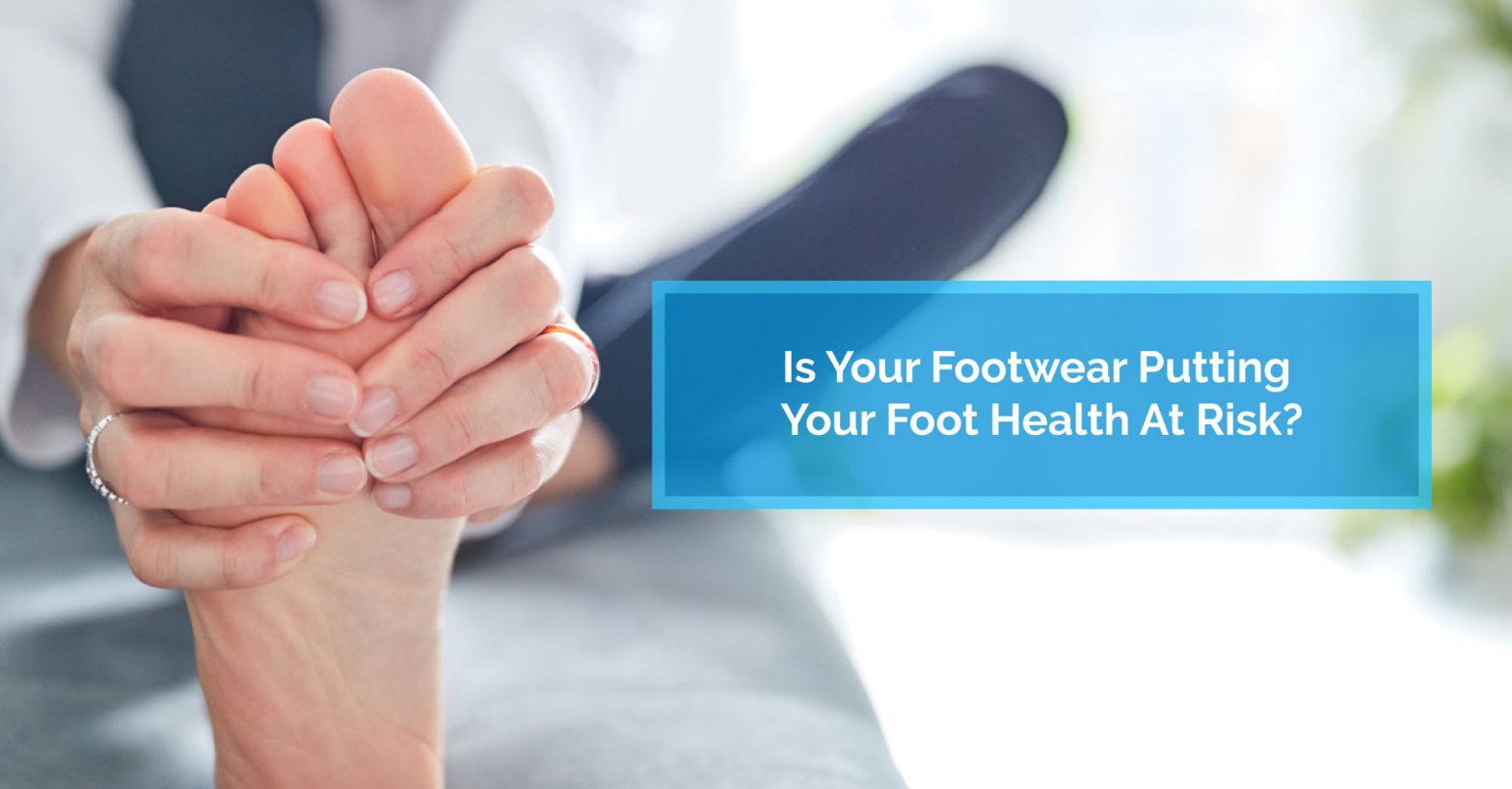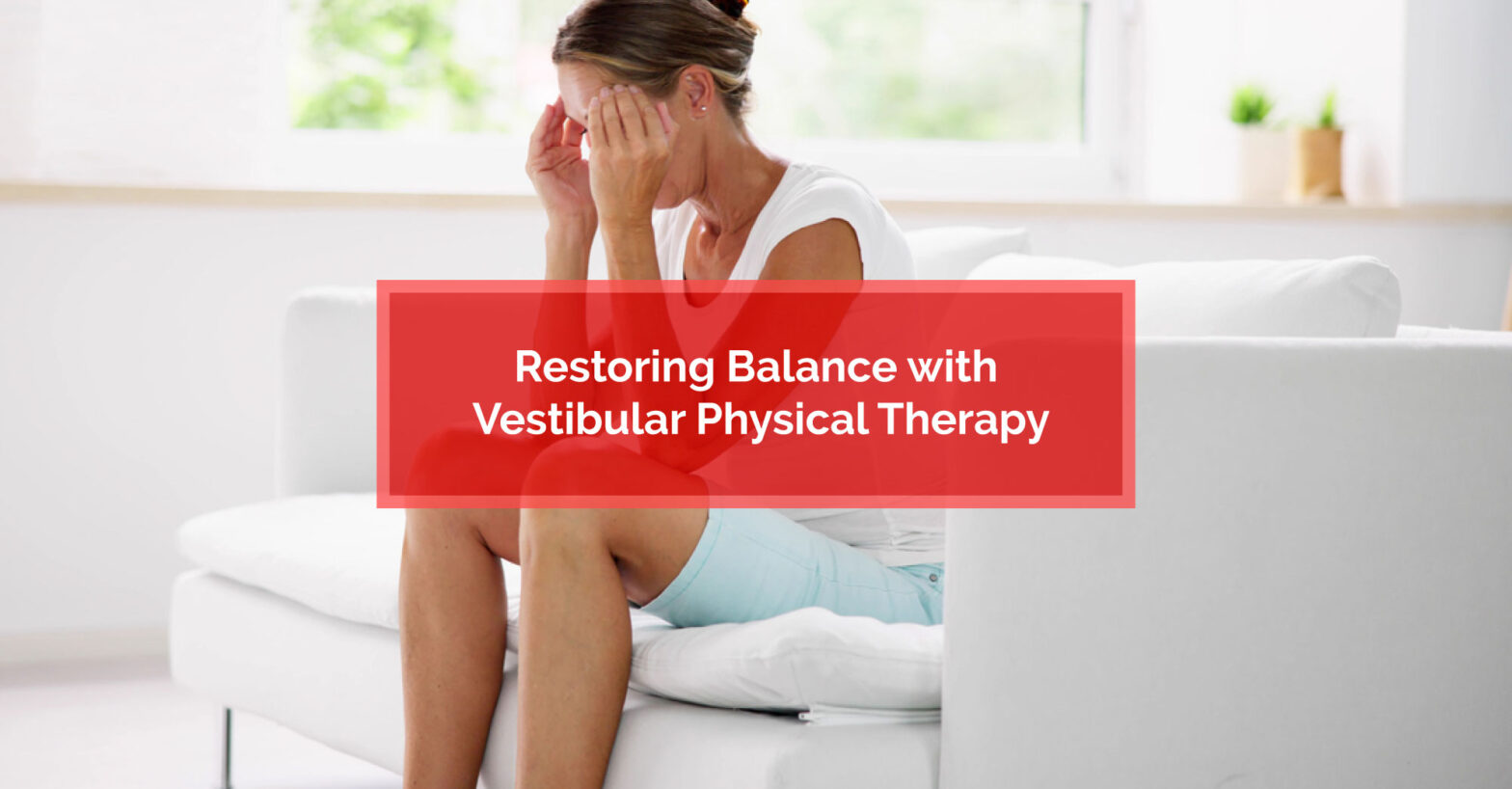Osteoarthritis Treatments: What You Need to Know...
Key Highlights: Osteoarthritis treatments focus on pain relief, restoring joint…
Read More
Posted by Dr. Scott Wilson | 01-Nov-2022
Foot health is an important part of overall physical health, and proper footwear is essential for maintaining proper foot health. This is especially the case if you have an occupation that involves long hours spent on your feet. Far too often, people in these occupations spend these hours in footwear that simply isn’t designed for comfort or support. And the consequences can be significant. It can result in poor foot health, which can also result in lower back pain, limb discomfort, joint aches, vascular disorders, and more.
Occupations that require long hours spent on the feet are usually associated with multiple health conditions including chronic venous insufficiency, varicose vein, carotid atherosclerosis, plantar fasciitis, and various musculoskeletal disorders. Prolonged standing in ill-fitting work shoes not only affects your feet but causes back and lower limb musculoskeletal disorders and foot deformity. Moreover, various studies have proven that incorrectly fitted footwear is a major contributor to the development of structural foot disorders, such as hallux valgus and several forms of toe deformities.
Tight-fitting safety shoes, for example, do not allow for enough flexibility and can significantly reduce blood circulation to your feet. Reduced blood circulation can lead to chronic venous insufficiency. This means that the veins in your legs aren’t circulating enough blood back to your heart which causes blood to pool in your feet. Not only does it damage your veins, chronic venous insufficiency can also cause cardiovascular health problems, because your heart will have to work harder to pump blood for circulation.
High heels can be similarly detrimental. Spending long hours wearing high heels affects your body posture, muscle activation, and movement. It also causes fatigue, discomfort, and pressure under the foot all of which are factors relating to musculoskeletal disorders including a greater risk of hip and knee osteoarthritis. It can even reduce bone and ligament integrity which leads to forefoot deformity and hindfoot instability.
Plantar fasciitis is primarily a degenerative process that leads to severe heel pain. This condition causes degenerative changes to your feet and even leads to tissue granulation, micro-tears, and collagen disarray. It’s caused by repetitive tensile overload from prolonged standing, weight-bearing, or by wearing improper footwear that results in changes in the aponeurosis (connective tissues found on the surface of pennate muscles) that can be either acute or chronic. The continuous stretching of the plantar fascia while standing results in chronic degeneration of the fascia, and eventually leads to severe heel pain that can even occur during sleep or at rest.
Bunions are inflamed metatarsal heads, usually related with hallux valgus, where the big toe moves on top of the second toe. It is mostly seen in people who stand for long periods of time in tight footwear such as heels or narrow pointed formal shoes. Tight shoes tend to press the big toe into the second toe, which puts pressure on the joint leading to redness and deformity.
Metatarsalgia is a condition that affects the bones connecting the ankle to the toes (the metatarsals). Inflammation in this bone or the ball of your foot can also lead to other foot conditions such as:
Poorly-fitting shoes and strenuous activities are major contributing factors to metatarsalgia.
Morton’s neuroma is a fibrosis of the nerve that affects the forefoot. It’s the result of the compression or repetitive irritation of the interdigital nerve. This leads to inflammation of the nerve. Causal factors include:
Plantar calcaneal spurs are abnormal growths of bone that originate from the calcaneal tuberosity. This is the dorsal surface of the calcaneus (back of the heel under the sole of the foot). It is a potentially debilitating disorder and can cause severe heel pain making standing straight or walking significantly difficult. The plantar calcaneal spur is mostly seen in people who are overweight and who work in occupations that require them to stand for a long period of time.
Palpation or ultrasonography-guided corticosteroid injections are some of the most common treatment methods for patients diagnosed with various forms of plantar fasciitis. There are different types of long-acting corticosteroid injections for differing pain levels. Some of the most common injections used to treat foot injuries are:
These injections are highly effective and provide quick relief to both heel pain and plantar fascia thickness.
Custom foot orthotics help treat plantar fasciopathy, foot deformity, and other musculoskeletal disorders. They are custom-made shoe inserts designed according to the unique shape of your feet, and for your specific condition and support requirements. They’re intended to provide support, align foot structures or to prevent or correct foot deformities. Custom orthotics can improve foot health and are also capable of fixing the kinematics of the knee, hip, pelvis, and thorax, hence improving body posture and balance. Depending on the intended purpose, they’re either soft, semi-rigid or rigid.
Physiotherapy, or physical therapy, is one of the most common treatment methods for work related foot injuries. Treatment involves stretching & strengthening your muscles, tendons and ligaments to improve the strength, stability and range of motion. Physiotherapy is effective for foot conditions including plantar fasciitis, achilles tendinitis, ankle sprains and fractures. A well-structured physiotherapy program can treat pain, improve functionality and help prevent future injuries. Common strengthening activities for the foot or ankle, include:
Some physiotherapy exercises for your feet can be done at work while standing. These exercises improve blood circulation, strengthen the bone and muscles, and can help with healing injuries faster.
While selecting footwear for work, make sure to focus on comfort and support. You should ensure that your toes are comfortable and can move freely. You should be able to move your toes comfortably with the arch of your foot. Also make sure to use different footwear for different activities and don’t wear the same type of footwear for significantly different activities. Here are some other things to consider:
Answer: Yes, safety shoes are not meant for comfort but are designed to protect the worker’s feet from external injuries. They provide poor sole or heel support. This is one of the major causes of plantar fasciitis. Safety shoes are also less breathable. This can lead to an accumulation of sweat which could cause nail fungus, infection, or the breakdown of skin.
Answer:
Spending long hours in uncomfortable and unsupportive footwear can adversely affect your foot health. This includes causing various musculoskeletal disorders. Fortunately, you can reduce the risk to your foot health and your overall well being. Understanding the causes of foot injuries, learning about the best treatment options, and being selective in your choice of footwear for work, can all help to reduce your risk.
If you’re struggling with poor foot health or need help with a foot condition or musculoskeletal disorder, contact us today and let us show you why, at Physiomed, Healthier Starts Here.

Key Highlights: Osteoarthritis treatments focus on pain relief, restoring joint…
Read More
Key Highlights: Runner's knee, or patellofemoral pain syndrome, is a…
Read More
Key Highlights: Upper back and neck pain can be caused…
Read More
Key Highlights: Many people want to lose belly fat for…
Read More
Key Highlights: Vestibular physical therapy, or physiotherapy, is a specialized…
Read More
Key Highlights: Tennis elbow, or lateral epicondylitis, is a condition…
Read More